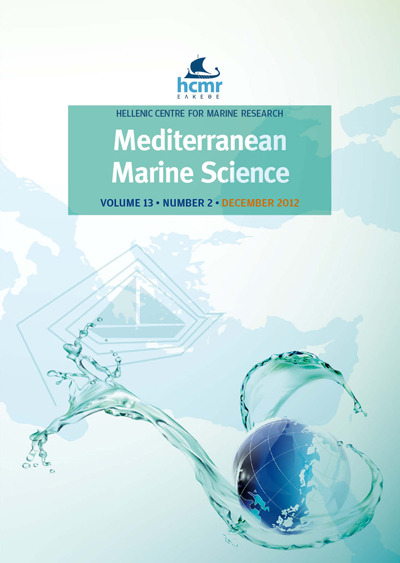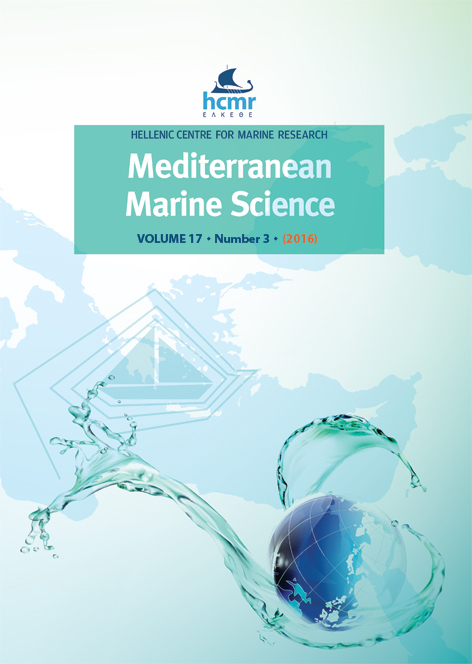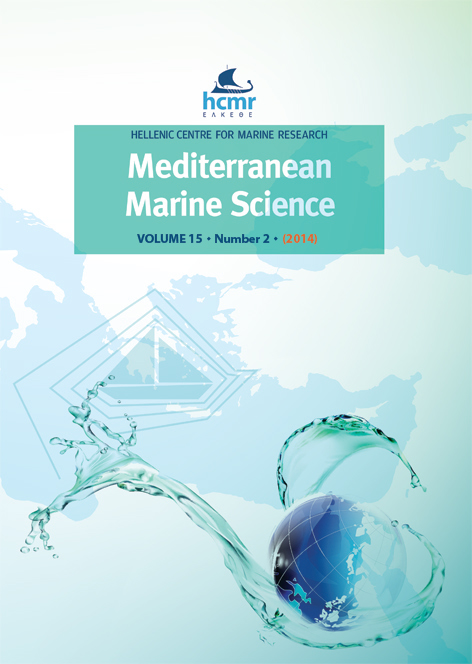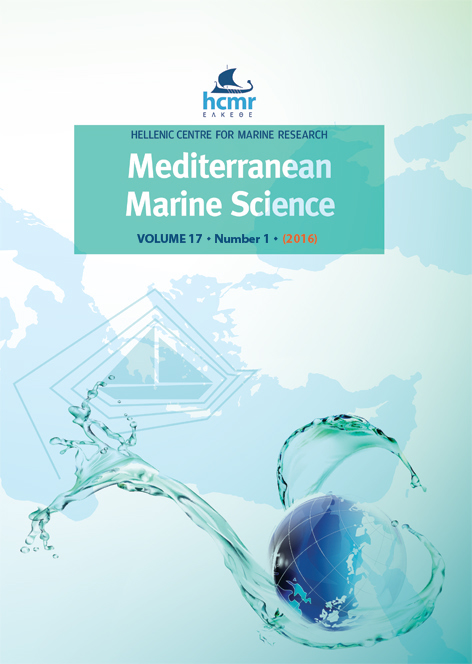Effects of habitat and substrate complexity on shallow sublittoral fish assemblages in the Cyclades Archipelago, North-eastern Mediterranean Sea
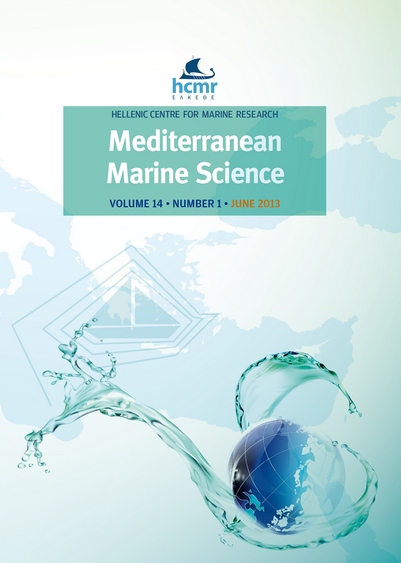
Abstract
This is the first study to explore fish community structure and its relations to habitat and topographic complexity in the shallow coastal waters of the Cyclades Archipelago, North-eastern Mediterranean Sea. In situ visual surveys were carried out at 233 sampling sites in 26 islands of the Cyclades Archipelago. Fish community parameters and biomass were estimated across seven substrate types: sand, seagrass, vertical walls, boulders, horizontal/subhorizontal continuous rock, rocky substrate with patches of sand, and rocky substrate with patches of sand and Posidonia oceanica. Topographic complexity and percentage of algal cover were estimated on hard substrate. Substrate type was found to be a determining factor affecting the structure and composition of fish assemblages. Species number, abundance and biomass were significantly lower in sandy areas and always higher on hard substrates, with seagrass habitats presenting intermediate values. Topographic complexity in rocky bottoms did not seem to affect species richness, density or biomass. This study provides a baseline for future evaluation of changes produced by potential management actions such as the creation of marine protected areas in the study region.
Article Details
- How to Cite
-
GIAKOUMI, S., & KOKKORIS, G. (2013). Effects of habitat and substrate complexity on shallow sublittoral fish assemblages in the Cyclades Archipelago, North-eastern Mediterranean Sea. Mediterranean Marine Science, 14(1), 58–68. https://doi.org/10.12681/mms.318
- Issue
- Vol. 14 No. 1 (2013)
- Section
- Research Article
Authors who publish with this journal agree to the following terms:
- Authors retain copyright and grant the journal right of first publication with the work simultaneously licensed under a Creative Commons Attribution Non-Commercial License that allows others to share the work with an acknowledgement of the work's authorship and initial publication in this journal.
- Authors are able to enter into separate, additional contractual arrangements for the non-exclusive distribution of the journal's published version of the work (e.g. post it to an institutional repository or publish it in a book), with an acknowledgement of its initial publication in this journal.
- Authors are permitted and encouraged to post their work online (preferably in institutional repositories or on their website) prior to and during the submission process, as it can lead to productive exchanges, as well as earlier and greater citation of published work (See The Effect of Open Access).





